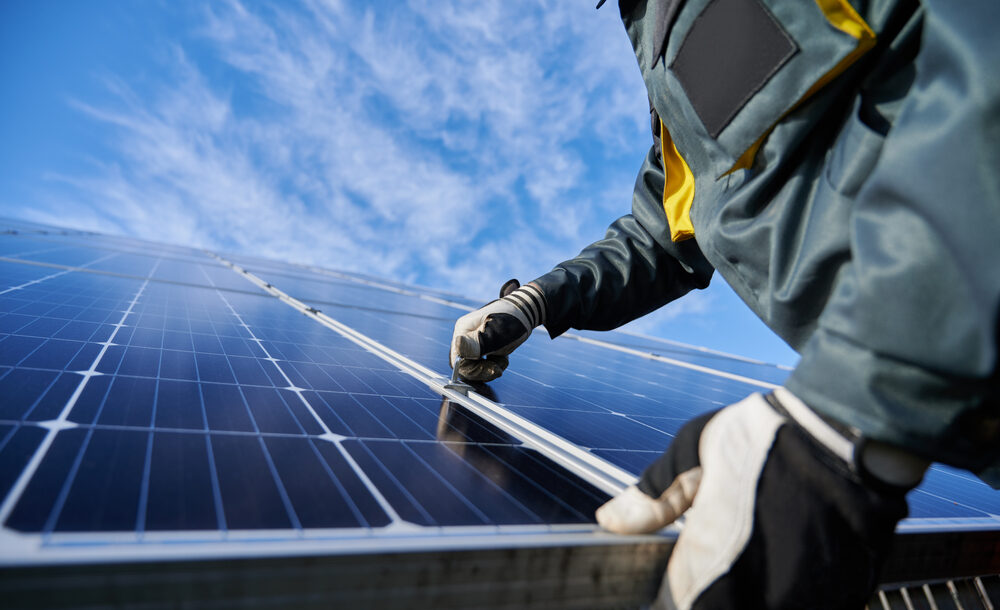Maximizing solar self-consumption by rethinking PV panel orientation: Over 2 million Australian households—more than 20%—now have rooftop PV panels, and while this is a generally positive scenario, the increased uptake of PV systems around the nation is creating a few challenges for the electricity industry. UniSA solar researcher, Kirrilie Rowe, says one key problem facing home PV stems from the discrepancy between the times of peak use and peak production. “Solar panels on residential dwellings are typically installed facing the equator to maximize the energy collected, but the power generated by an equator-facing panel peaks at around midday, whereas residential loads typically have peaks in the morning and afternoon.” Source: Techxplore
Murata Electronics bringing its battery cells to work with Yotta Energy on its panel-level energy storage.
SunCast will be hosting its first SunCast Career Summit as a virtual experience on September 1st. Over three days, participants will engage with industry leaders, attend workshops tailored to practical advice, learn specific strategies in group and 1:1 settings, and develop their own game plan for success. The SunCast Career Summit will start on September 1st, with registrations opening on August 17th at 12:00 pm PDT. Registration and additional information are available here. Source: SunCast
New Belgium Brewing’s Fat Tire Amber Ale has become America’s first nationally distributed carbon-neutral beer. The accomplishment has been made possible throught New Belgium’s commitment to renewable energy, which includes powering the brewery with wind power and producing electricity with solar and biogas technology. New Belgium also developed the first carbon footprint study for beer, and has donated significant money to climate and environmental causes. Source: New Belgium Brewing
Cyberhawk, a drone-based inspection company, has secured secured a contract with a major California-based utility for the provision of unmanned arial vehicle (UAV) services. The scope of work includes thousands of UAV inspections of lattice steel towers and wood electricity transmission structures. The inspections will allow Cyberhawk and the utility to inspect and collect data on the structures, making it easier to detect any abnormalities or changes before they lead to negative consequences. Source: Cyberhawk
This content is protected by copyright and may not be reused. If you want to cooperate with us and would like to reuse some of our content, please contact: editors@pv-magazine.com.









Eric, Great post. In Japan the solar pv homes alternate facing East South and West. The over all output is spread over much longer hours helping the GRID. They see the value of all working together.
Personally in Arizona I want to produce the most. I then adjust my use to the Peak Sun hours but many don’t want to do that. The advanced Lithium battery storage can cover that and more.
I face the majority of my Battery charging solar panels, with MPPT charge controlers, East by South-East to capture the most power when the MPPT charge contolers can boost the power on low voltages in the batteries just after sunrise. Once the batteries get above 70 %, you want to taper off the input to a “Trickel” to top off so then the main solar panel bank if done and the few South West and south facing panels finish the job. If you have a Grid tie system, you want equal East, South and West facing panels to balance the load and if you have an afternood peak period, you may want a higher percentage facing west unless you have a 2 story house right next to your West facing Roof like I have on my one story home. Once the batteries are fully charged, they are ready to take on the evening loads weather for your home or for the grid “Time-of Day”.